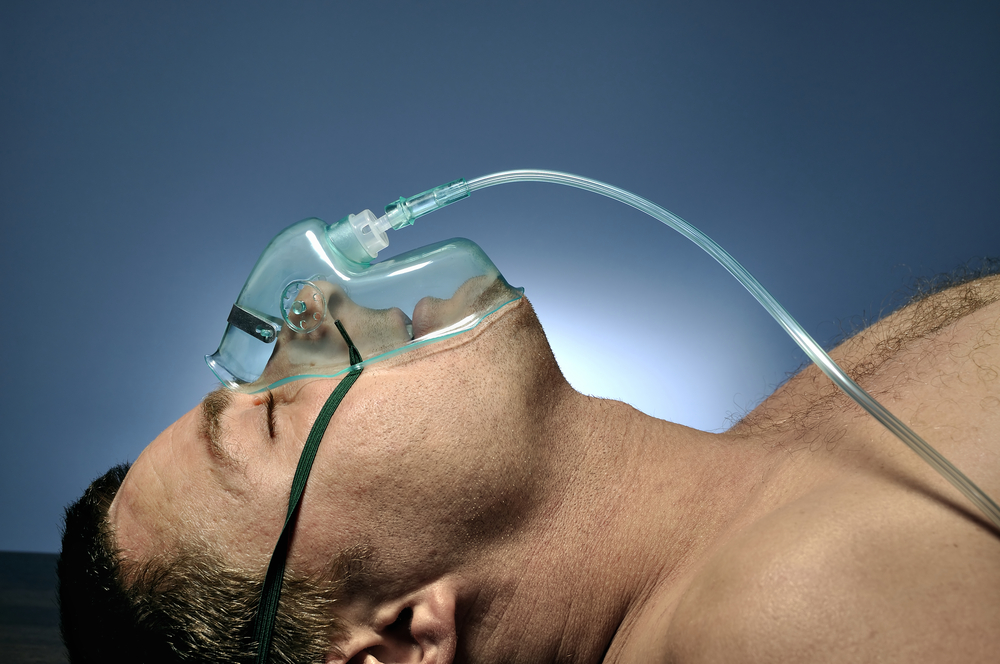How the Brain Awakens from Unconsciousness Becomes Clearer

Exactly what happens when people wake up from anesthesia or a coma has long baffled scientists, but now new research on rats suggests the path the brain takes to regain consciousness may be even more sophisticated than thought.
"It is commonly assumed that waking from anesthesia is a simple thing: The drugs leave the brain, and the effects they produced in the brain get washed out, and the brain somehow recovers," said Dr. Alex Proekt, an assistant professor of anesthesiology at Weill Cornell Medical College in New York. "But that 'somehow' part is poorly understood."
The researchers looked at the brain's activity patterns, hypothesizing that the activity follows a structured path, changing in a specific way as the brain moves toward consciousness. The researchers wanted to know whether the brain moves from one activity state to the next, in a stepwise fashion, or whether the brain can go from any given state to a number of other states, and therefore, that there are multiple routes to consciousness.
To examine the brain's trajectory while recovering consciousness, Proekt and colleagues recorded the electrical activity of certain brain regions in anesthetized rats. They slowly lowered the concentration of anesthetic vapor that the animals were breathing, until they eventually woke up.
The analysis of the rats' brain activity suggested that the brain passes through several distinct activity states to become conscious. The researchers found that only certain transitions between activity states are possible, and some states do form hubs that connect groups of otherwise disconnected states. [10 Things You Didn't Know About the Brain]
"Although many paths through the network are possible, to ultimately enter the activity state compatible with consciousness, the brain must first pass through these hubs in an orderly fashion," the researchers wrote in their study published today (June 9) in the Proceedings of the National Academy of Sciences.
Trapped in a coma
Sign up for the Live Science daily newsletter now
Get the world’s most fascinating discoveries delivered straight to your inbox.
The researchers said the new findings could one day be used to help people in a coma. The brains of people under anesthesia as well as comatose patients show an electrical pattern known as burst suppression, which is characterized by periods of spikes in activity, alternating with periods of silence.
Both general anesthesia and coma are major perturbations to brain's normal activity, and in some cases, the brain cannot find its way back to consciousness.
"Some people, after injury, will remain in some minimally conscious state forever, but some people can recover years after the injury," Proekt said.
"One interesting possibility is that perhaps the injury can act to remove some of these loops, so in a sense you are trapped in one of these states," Proekt told Live Science.
In order to help comatose patients, scientists will first have to examine whether the same phenomenon they observed in rats also exists in the human brain, and then explore how it may be possible to push the brain out of one state so it can proceed further toward recovery, Proekt said.
Awake during surgery
Although anesthesiologists have long been able to successfully put people to sleep, they still can't be 100 percent sure that a patient is truly unconscious, rather than just unable to respond.
Understanding the transitions between activity states that happen during the brain's recovering from anesthesia may be the first step to finding a way to detect when someone is on the verge of waking up, Proekt said.
"It's not a common problem, but it is a petrifying scenario to imagine -- being paralyzed and awake for surgery," he said.
Studies have suggested that a very small number of patients experience awaking during surgery, but it is also possible that a larger number of people have some awareness during surgery but don't recall afterwards, Proekt said.
Email Bahar Gholipour. Follow us @LiveScience, Facebook & Google+. Original article on Live Science.










